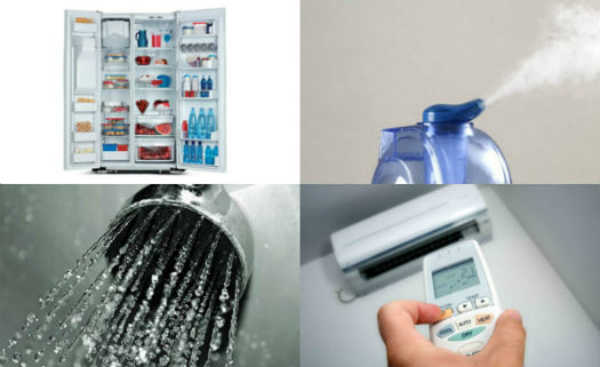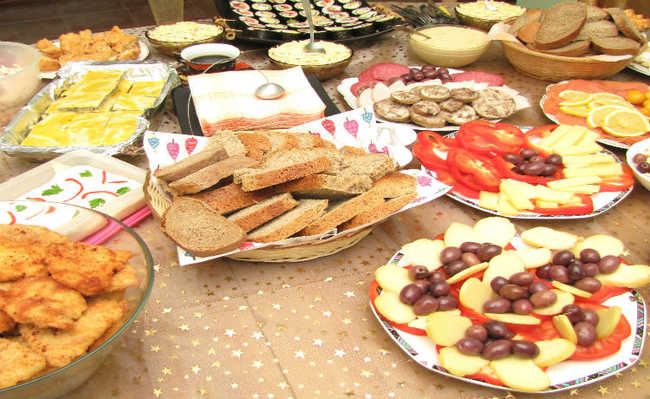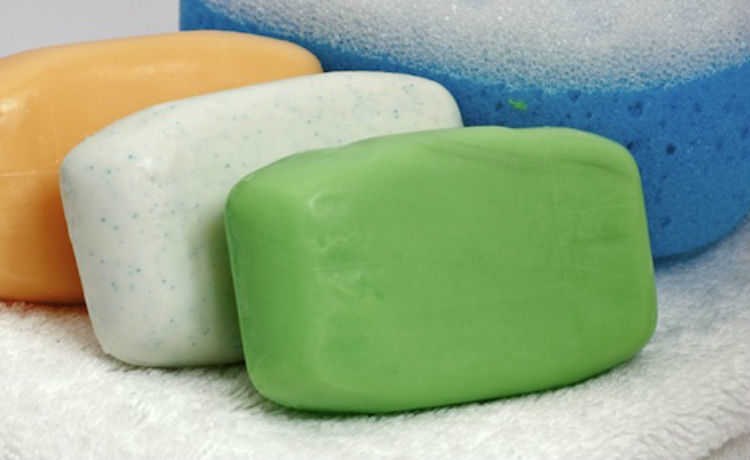The four biggest villains in your home electricity bill
They are exceptional, each in their own way; but on the issue of consumption, not so much, which could mean wasted energy

In the United States alone, 30% of all electricity is used to supply households, a percentage greater than that used by commerce and even industry. This consumption is due to the use of many domestic appliances, despite greater energy efficiency compared to the 70s, when refrigerators consumed four times more energy than today.
Refrigerators and freezers are the big villains on your electricity bill because they stay on for weeks on end. Toasters and coffee makers, as they are only used for a short time, are squeaky clean. It is important to pay attention to where your electricity bill is weighing on, it helps not only your pocket, but also the environment. Know what uses the most energy at home.
4. Refrigerators and Refrigerators

This pair has improved a lot in the last decades, as we said at the beginning, but it is still in the ranking. Why? They can be connected for months, years on end! They consume an average of 30 kilowatt-hours (kWh) to 200 kWh per month. These vast numbers still exist because some people have older models, which are not as efficient as more modern ones. Other details to consider are: brand, size, temperature options, etc. Have you already bought yours? Do you like her vintage? Okay, there are solutions:
- Defrost the freezer regularly: a little more than half an inch of ice is already a little problem with your appliance;
- Set the thermostat to a temperature of 2°C to 3°C in the refrigerator; in the freezer, the temperature should be between -15 °C and -17 °C;
- Check if the door is closing properly; test by placing a piece of paper when closing; if it stays firmly in place, the rubber doesn't need to be changed;
- Label the food jars so you don't waste time looking with the door open. Waiting for the food to cool before putting it away is a good thing too.
3. Air humidifier

Some rooms in the house need ventilation so that mold does not spread. Others need a lot of moisture, it's true, but most people run their humidifiers at a much higher wattage than necessary. And another, mites proliferate in this environment, and belongings also end up spoiling. Leaving the humidifier on 24 hours a day vampirizes your energy and ends up using 160kWh/month, more than your refrigerator consumes. Take a breath and think with us:
- When turning on the appliance, close doors and windows, this insulates and maintains freshness;
- Put it on the power of 50% humidity, less than that you'll need to leave it on longer, and that's not cool;
- Check the environment, and when you feel good, turn it off, but if you're buying a new one, there are models with automatic shutdown.
2. Water heating

On average, 400 kWh/month are spent on this procedure. Remember the fridge, how much was it? And you think it's a lot… Well, we use hot water to shower, wash our hands, wash the dishes in the cold, and even the sheets when I need it… The good news is that the energy savings of this item are all in your hands. hands.
- There is no need for the water to be hotter than 45 °C;
- Take shorter showers and in lesser amount (the skin will appreciate it);
- On less cold days, take a break from the hot tap;
- Remove a quarter of the water tank's contents every three months as it accumulates sediment that can damage your equipment;
- Solar panels are an excellent alternative for heating, and they work very well in tropical countries like ours.
1. Air conditioning

In the 1980s, in the US, 27% of homes had this device, today that number has risen to 55%. As they vary widely from house to house, energy consumption can range from 200kWh to 1,800kWh per month. Here are more tips:
- A technician needs to check fluid levels, cooler charge, and insulation each year;
- Set the thermostat to automatically turn off when the outside temperature drops;
- Make sure you have at least 32 centimeters of insulating material in the ceiling so your air conditioner doesn't have to work as hard as there is natural insulation.
Everything you, reader, can do to mitigate the environmental impact of your home is welcome. And the same goes for your car, for food... Not just for you, but for future generations as well.










